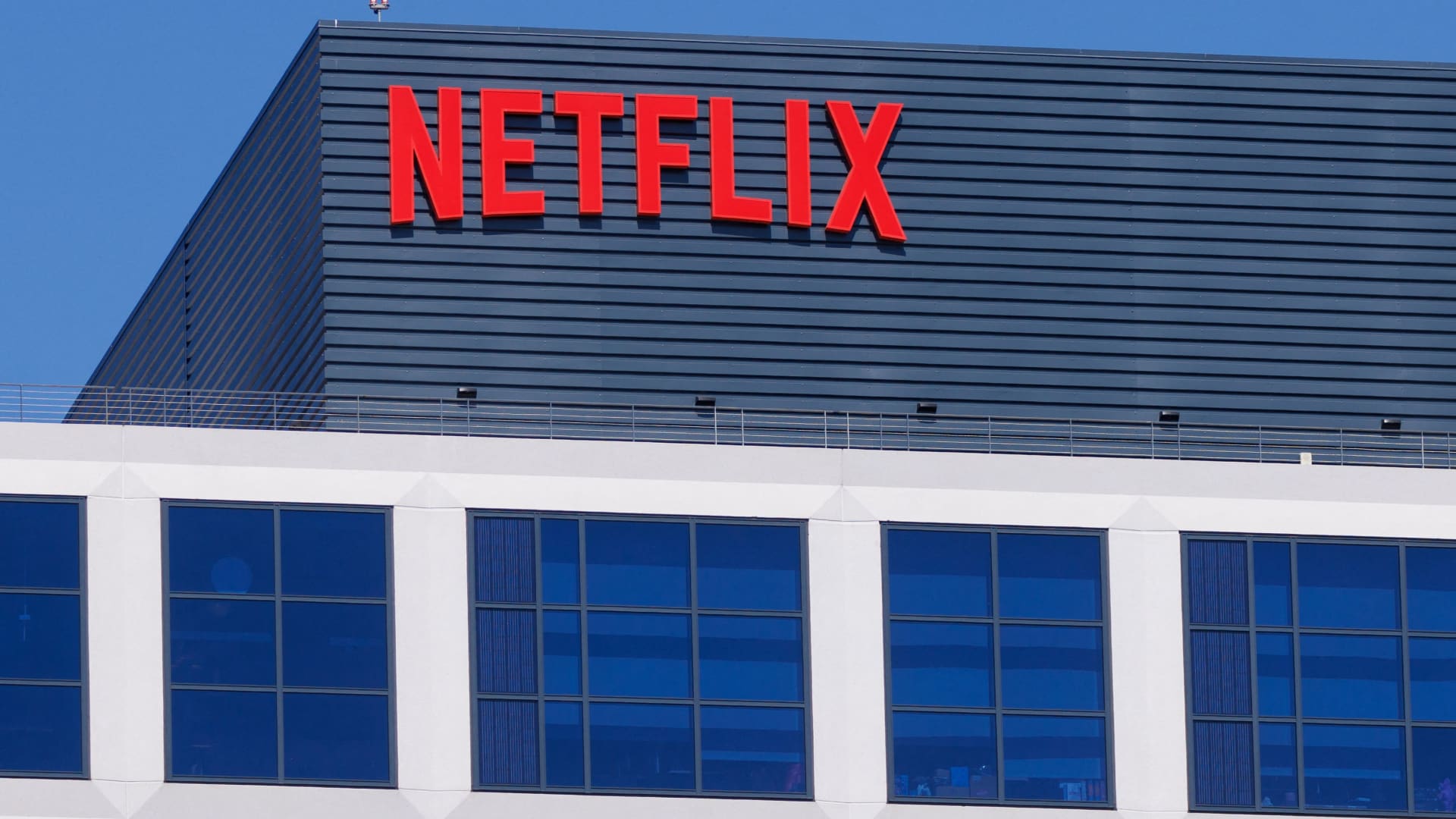
Philadelphian’s rallied at City Hall to demand Congress return and come to a deal on unemployment in Philadelphia, PA, on August 20, 2020.
NurPhoto | NurPhoto | Getty Images
Private data sources that have tracked the unemployment recovery showed that job growth was tepid in August after political leaders in Washington failed to reach an agreement on new relief packaged before the CARES Act expired at the end of July.
Data from staffing firm Homebase showed that the time worked by hourly employees at small and medium business was still more than 20% below pre-pandemic levels, barely budging from the results in July. The data, along with similar information from Kronos and weekly unemployment claims, seem to show a labor market recovery that has been stuck in neutral as the federal stimulus from the CARES Act expired, if not before.
Among the benefits that ended was a $600 per week enhancement to unemployment insurance, which put many workers making more money on unemployment than in their previous jobs. Some Republican leaders argued that the benefit was causing a disincentive to work, and a Senate bill in late July proposed cutting that by two-thirds. President Donald Trump has since used an executive order to send a temporary increase of up to $400 a week to unemployed workers.
The Homebase data is not representative of the U.S. economy but does have a higher weight in the service sector, which was among the hardest hit by the pandemic and would include many of those workers who effectively got a raise.
The drop in income for the unemployed could hurt spending in the months ahead as Americans burn through what’s left of their savings and credit, said AnnElizabeth Konkel, an economist at Indeed’s Hiring Lab.
“I do expect for this lapse to have it show up throughout the fall. In that we’ll probably see the immediate effects when the personal income and outlays data comes out, but I expect it to be a long tail,” Konkel said. The economist also said that several academic studies had shown extra unemployment benefits were not preventing Americans from returning to work.
The data from Homebase, which helps manage scheduling for small and medium sized business, was identified earlier during the crisis by a St. Louis Fed economist as well correlated with the monthly unemployment report. The Labor Department’s nonfarm payrolls report slated to be released on Friday will show unemployment in mid-August, making it the first full report since the CARES Act provisions expired. Economists polled by Dow Jones expect the economy to add about 1.3 million jobs.
Data from Kronos tells a similar story, with the company reporting that average weekly shift growth was just 0.5% in August, down from 2.7% in May. Dave Gilbertson, the company’s vice president for strategy and operations, said that growth in some of the hardest hit sectors was even weaker in the last two weeks of the month, which won’t be reflected in the Labor Department’s report.
“In retail and hospitality, the gains that we had seen early in the summer as all the stores, hotels and restaurants started to open back up have largely abated,” Gilbertson said.
Homebase noted in its August report that a slight weakening in the labor market at the end of the month could be a sign that seasonal effects for service workers have started to kick in, further hurting the recovery.
“If the standard seasonal retraction continues this year, we could see further loss in employment heading into the fall without further government assistance to Main Street and its workers,” the report said.
While the labor market showed signs of stalling in August, Wall Street roared, with the Dow and S&P 500 posting their best August results since the 1980s. Nela Richardson, an investment strategist at Edward Jones, said she thought that a string of surprisingly strong economic data and the resiliency of the stock market had taken the pressure off Washington to strike a new relief deal, putting some households in a tough position.
“I’ve also been a little surprised by the non-reaction in the markets, but the honest truth I think is that the markets can wait for a fifth round of stimulus,” Richardson said. “If it’s the beginning of September, if it’s the end of September, the fact that it’s coming gets to the markets. But vulnerable households can’t wait, and we again see the disconnect there with people whose rent is due now.”




